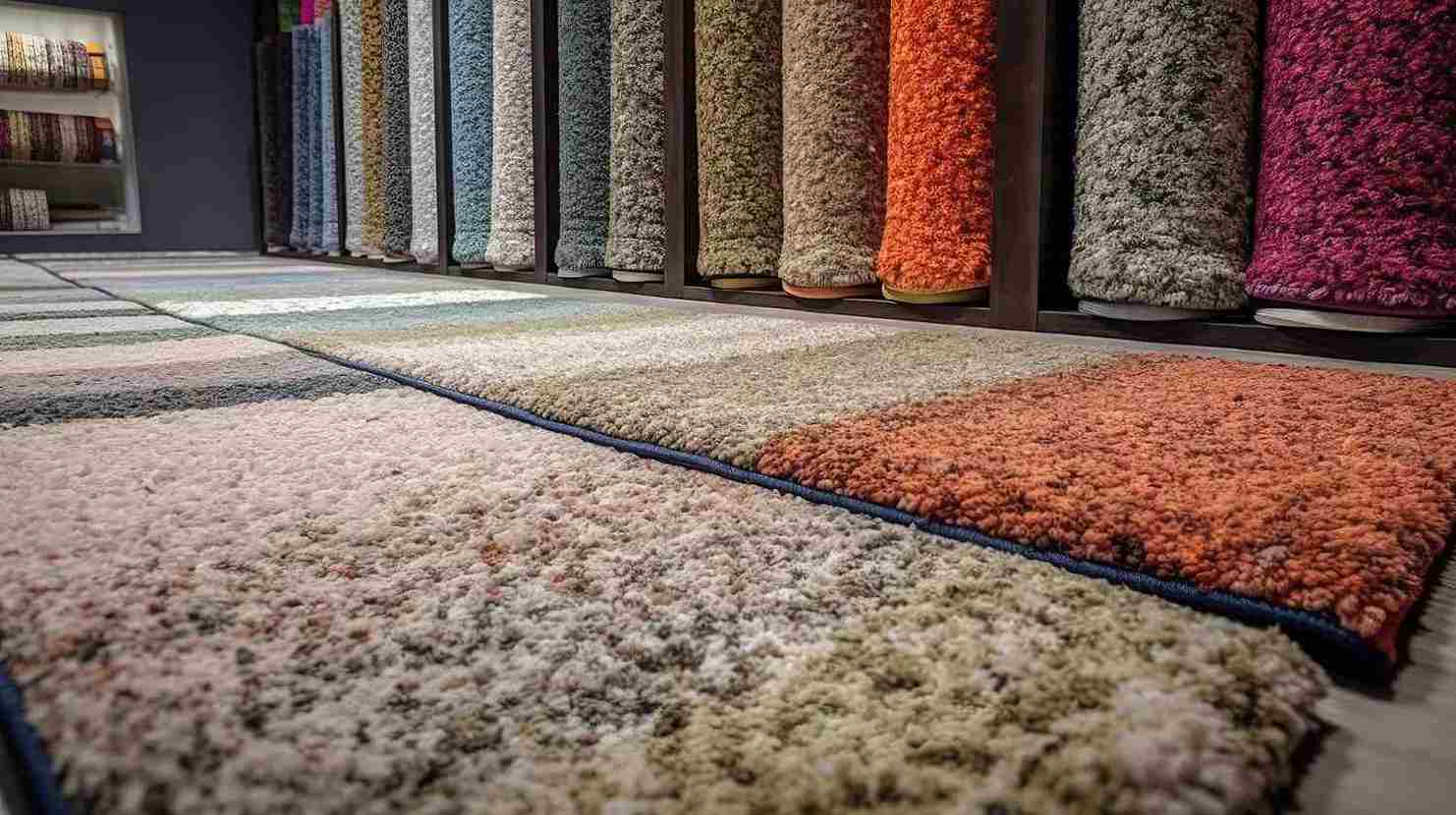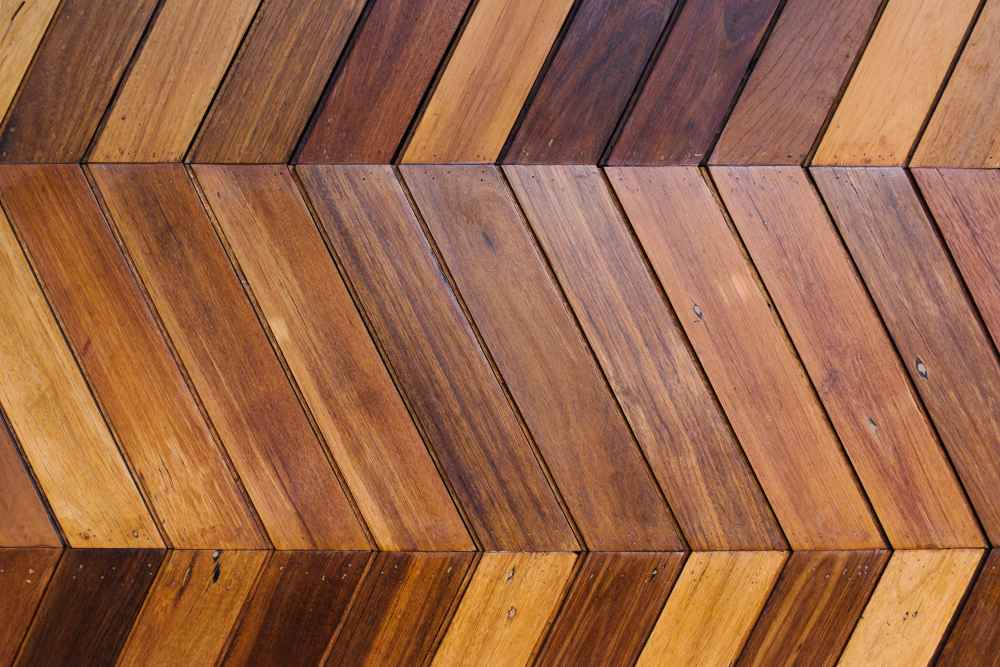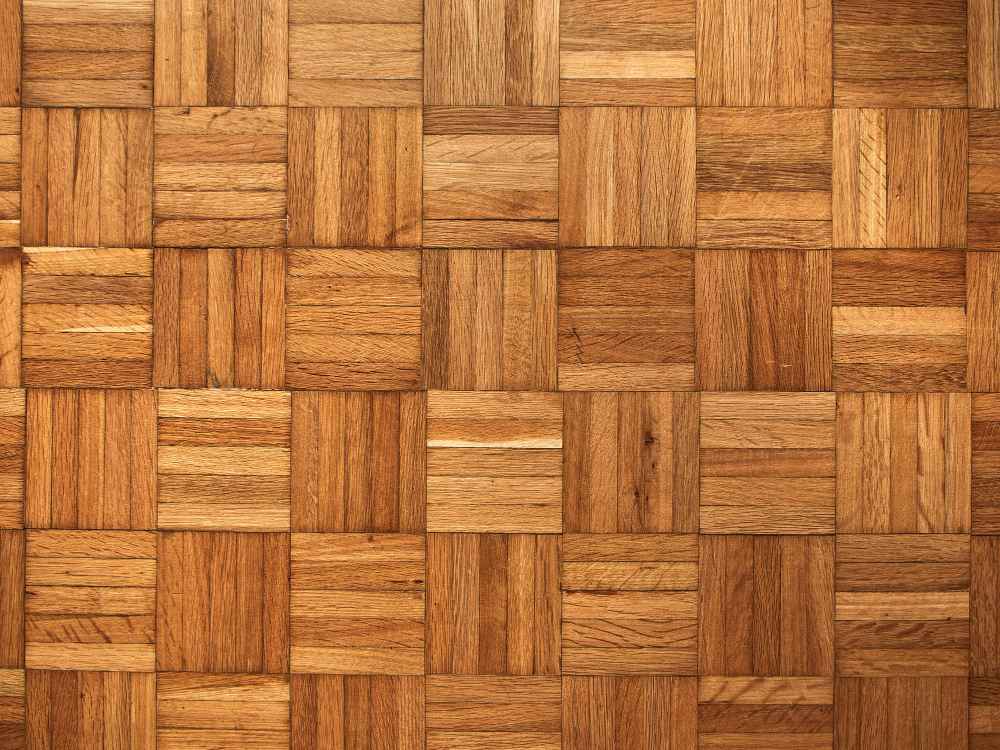
Order by phone 0121 433 3389
- FREE Samples
- Lowest Price
- Fast Delivery

Order by phone 0121 433 3389
All Carpets include FREE Fitting & FREE Delivery : Prices start from £3.99 m2

Carpet is a textile product designed for covering floors and has specific characteristics such as durability, resistance towards stains, etc. Carpets can be made up of natural or synthetic materials, which give a different look to the room, so you have to choose the right one according to your requirements and preferences.
This article explains different types of carpets based on various elements and other associated variables. This guide also helps you choose the best carpet based on different factors. Moreover, you will also learn about the advantages and disadvantages of carpets and different types of carpets suitable for different rooms in your home.
Following are the four major elements of a carpet which serve different purposes:
There are different types of carpet fibres, each with unique characteristics of stain resistance, longevity, durability, etc. Based on the type of fibre used, the following are the types of carpets:
Feel Free To Get In Touch With Us To Get A Quote Over Different Laminate Flooring Service

Different textures, heights, and cuts form different carpet piles suitable for various rooms. Following are some of the types of carpets based on the arrangement of piles:
Based on varying pile heights, the following are the classifications of carpets:
Carpet grades determine the durability, lifespan, and quality of the carpets, and all these factors play a crucial role in your decision-making regarding the carpets’ selection. Based on different grades, the following are the types of carpets:
Following are the different types of carpets based on the different backings used in them:
Different variables of carpet determine its feel, price, and quality, such as:
Feel Free To Get In Touch With Us To Get A Quote Over Different Laminate Flooring Service

Based on your particular needs and preferences, the following types of carpets can be suitable for use in different rooms:
There are different advantages to using carpets for floor covering, such as:
On the other hand, carpets also have some disadvantages, such as:
There are different factors which you should consider while selecting the best carpet for your room:
Quick Links
Categories
Address:
1428 Pershore Road Stirchley Birmingham B30 2PH
Mobile:
0121 433 3389
Email:
contact@jjsonline.co.uk
Copyright 2024 | JJ's Flooring | All rights Reserved.
Order in Confidence with Secure Online Payments
We accept all major credit & debit cards.